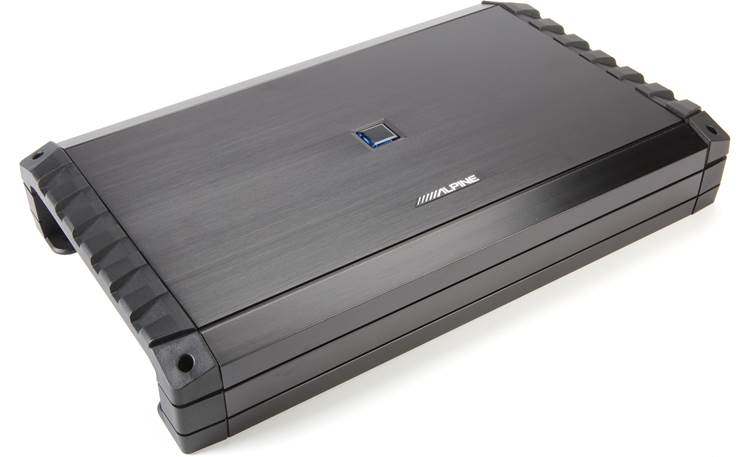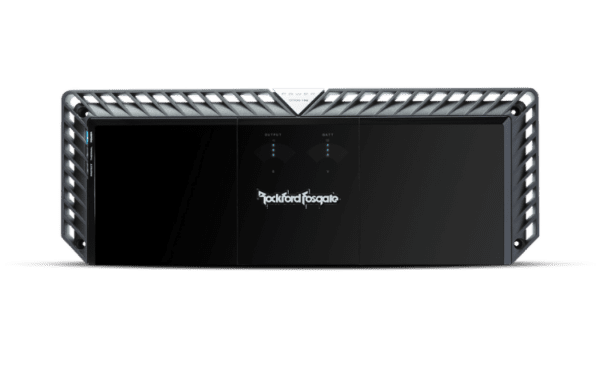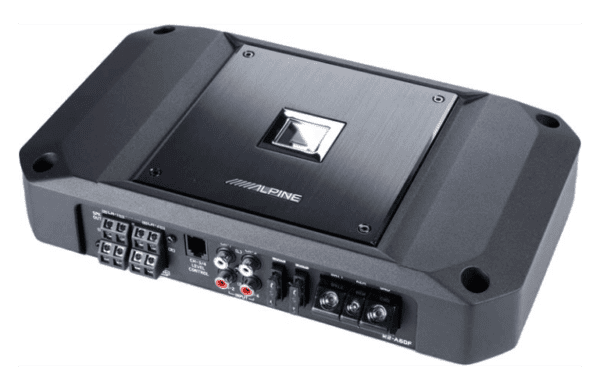Massive bass power. Alpine’s Next Generation S-Series S2-A120M mono subwoofer amplifier makes it a lot easier to get great bass in your ride, delivering up to 1200 watts RMS power to your sub. A variable bass boost allows you to dial in some extra kick and impact for more low-frequency enjoyment. You can even add an optional wired remote to control the level of bass from your front seat.
More convenient features. A low-pass filter puts you in command of the frequency spectrum that reaches your sub. The amp includes preamp- and speaker-level inputs, so you can install it in almost any vehicle, even one with a factory radio. When using the speaker-level inputs, the amp can sense the incoming signal and turn itself on, eliminating the need to run a separate turn-on wire to the receiver or fuse box.
Product Highlights
- Type: Mono subwoofer amplifier
- Power Output:
- 600 watts RMS x 1 at 4 ohms
- 1200 watts RMS x 1 at 2 ohms
- 1200 watts RMS x 1 at 1 ohm
- Frequency Response: 10-400 Hz
- Class: Class D
- Dimensions: 13.75″W x 2.21″H x 8.3″D
Key Features
- Powerful Bass Output:
- High-efficiency Class D design
- 1200 watts RMS at 2 ohms or 1 ohm
- Low minimum impedance (1 ohm) for flexible subwoofer configurations
- Advanced Filtering and Control:
- Variable low-pass filter (50-400 Hz, 24 dB/octave)
- Variable bass boost (0-12 dB at 50 Hz)
- Optional RUX-KNOB.2 remote bass level control
- Versatile Input Options:
- Accepts both preamp and speaker-level inputs
- Speaker-level inputs handle up to 10V
- Multiple turn-on options (Remote, DC offset)
- Signal-sensing automatic turn-on capability
- Installation Flexibility:
- Preamp outputs for daisy-chaining additional amplifiers
- Dual set-screw speaker terminals for easy connection to multiple subwoofers
- CTA-2006 compliant for accurate power ratings
Package Contents
- Mono subwoofer amplifier
- Four 25A ATO fuses (installed)
- 2 End caps
- Four 3/4″ screws
- Four 1/4″ screws
- 2.5mm Allen key
- Owner’s manual
- Alpine Verification Certificate





